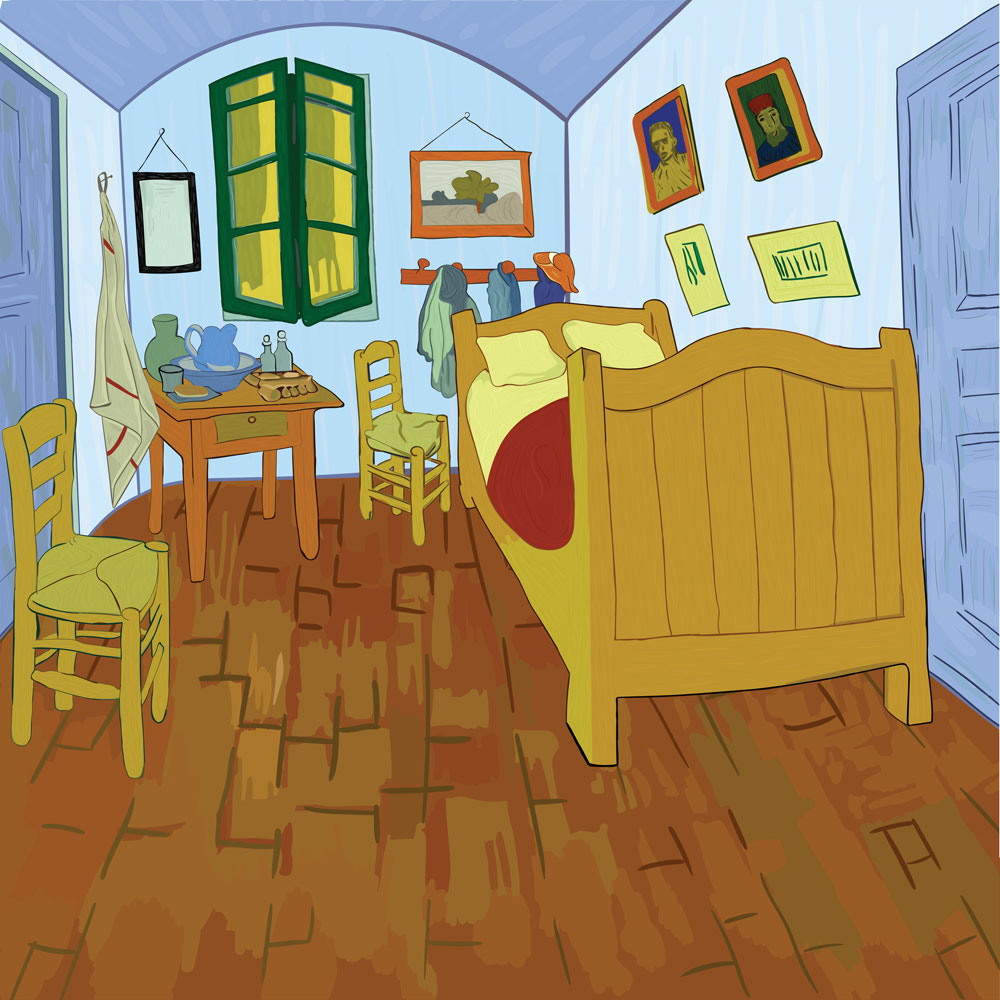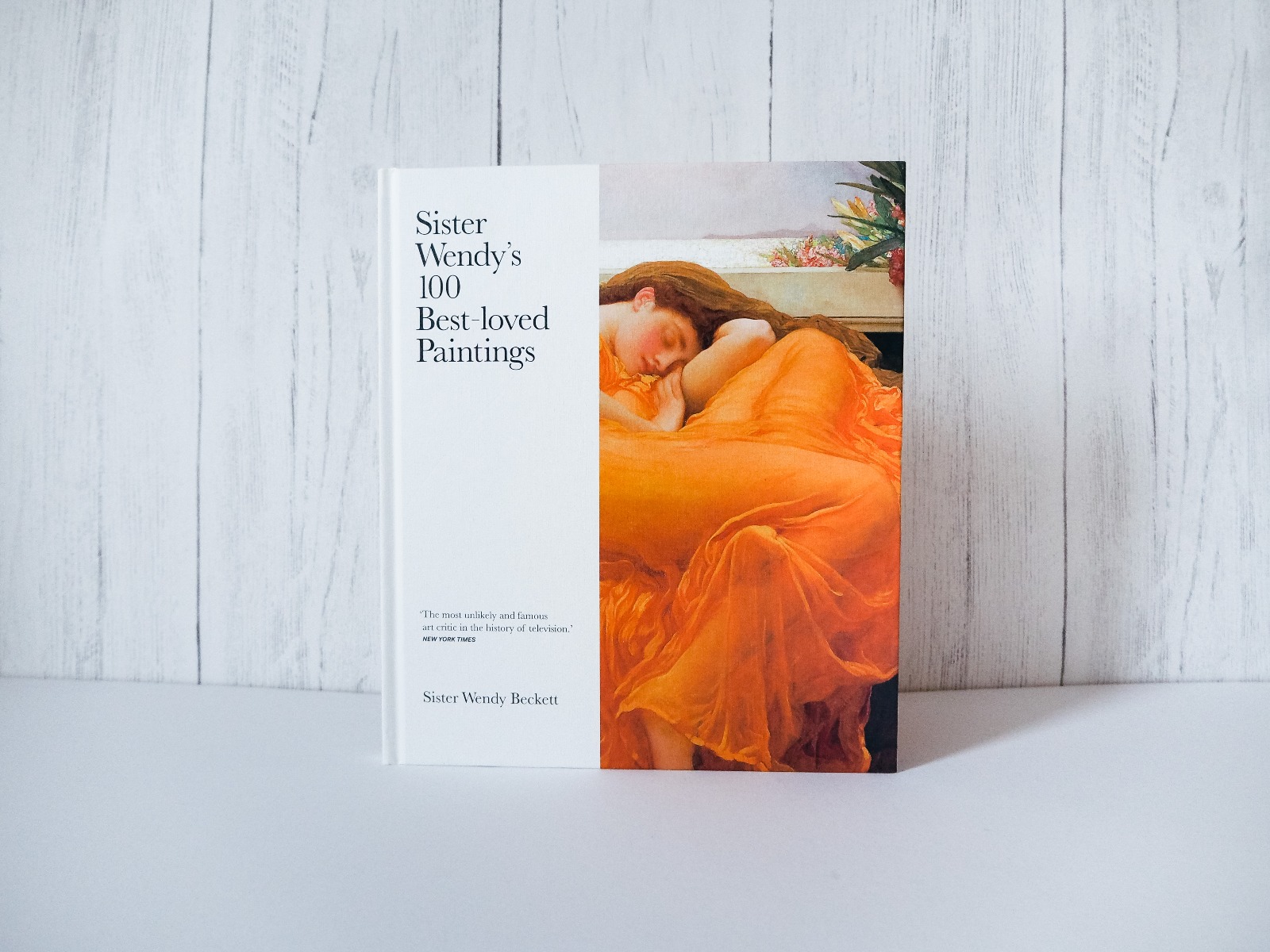We use cookies to make your experience better. To comply with the new e-Privacy directive, we need to ask for your consent to set the cookies. Learn more.
Vincent van Gogh The Bedroom - A Reflection from Sister Wendy Beckett
Today is the birthday of Vincent van Gogh, a post-impressionist painter who is one of the most influential figures in the history of Western art. A few of SPCK's books reference van Gogh. One of which is Sister Wendy's 100 Best-loved Paintings. In this blog post you will find an extract from the book where Sister Wendy reflects upon van Gogh's painting The Bedroom.
 This is one of the famous pictures of van Gogh’s bedroom. All his work is intensely personal, which is one of the reasons why we love it, but nothing is so personal as one’s private bedroom. This was the first time that van Gogh, perpetually unsettled, had had a house of his own, and he invested in it an immense amount of psychic energy. That is partly why this great painting is so alarming: it is a symbol of van Gogh’s inner centre. If you think about it, to come close to van Gogh would indeed be a frightening experience.
This is one of the famous pictures of van Gogh’s bedroom. All his work is intensely personal, which is one of the reasons why we love it, but nothing is so personal as one’s private bedroom. This was the first time that van Gogh, perpetually unsettled, had had a house of his own, and he invested in it an immense amount of psychic energy. That is partly why this great painting is so alarming: it is a symbol of van Gogh’s inner centre. If you think about it, to come close to van Gogh would indeed be a frightening experience.
The room is claustrophobic, with those blue walls closing in on us and the floor tiles seeming to shoot like rockets towards the vanishing point with a dizzying sense of perspective. We are shut in by that back wall. There are two doors, both closed, and a window out of which we cannot look. There is a mirror that reflects nothing but chaos.
He has tried, pathetically, to enclose in this room all that matters most to him. On the right wall hang two paintings: one of himself, because he was a very self-centred man, though innocently so; the other of one of the rare people who befriended him, the local postman. Over the bed there is a weirdly tumultuous landscape that suggests his own mental state at times of disturbance. There are two rather indeterminate sketches (he was a passionate draughtsman) and there is a small washstand, almost quivering with electric power, held down by the sheer force of personal artistry. The towel hangs near it like a great flag drooping without wind, and there is the touching effort to impose order on his clothes: three sad little bundles neatly aligned.
In this airless cell, van Gogh believed he was expressing great ‘tranquillity and restfulness’, as he wrote to his family. He is actually expressing intense anxiety and frustration, ordered, held in vigorous, trembling tension. It is this moving contrast that makes us feel close to him. We are an anxious, neurotic generation, and we warm to this neurotic man, struggling so bravely to impose calm upon the turmoil of his mental stresses.
 Shortly before she died in December 2018, and nearly thirty years on from her first book, Sister Wendy was working with SPCK on an anthology of her all-time favourite paintings. The result is this enthralling collection.
Shortly before she died in December 2018, and nearly thirty years on from her first book, Sister Wendy was working with SPCK on an anthology of her all-time favourite paintings. The result is this enthralling collection.












